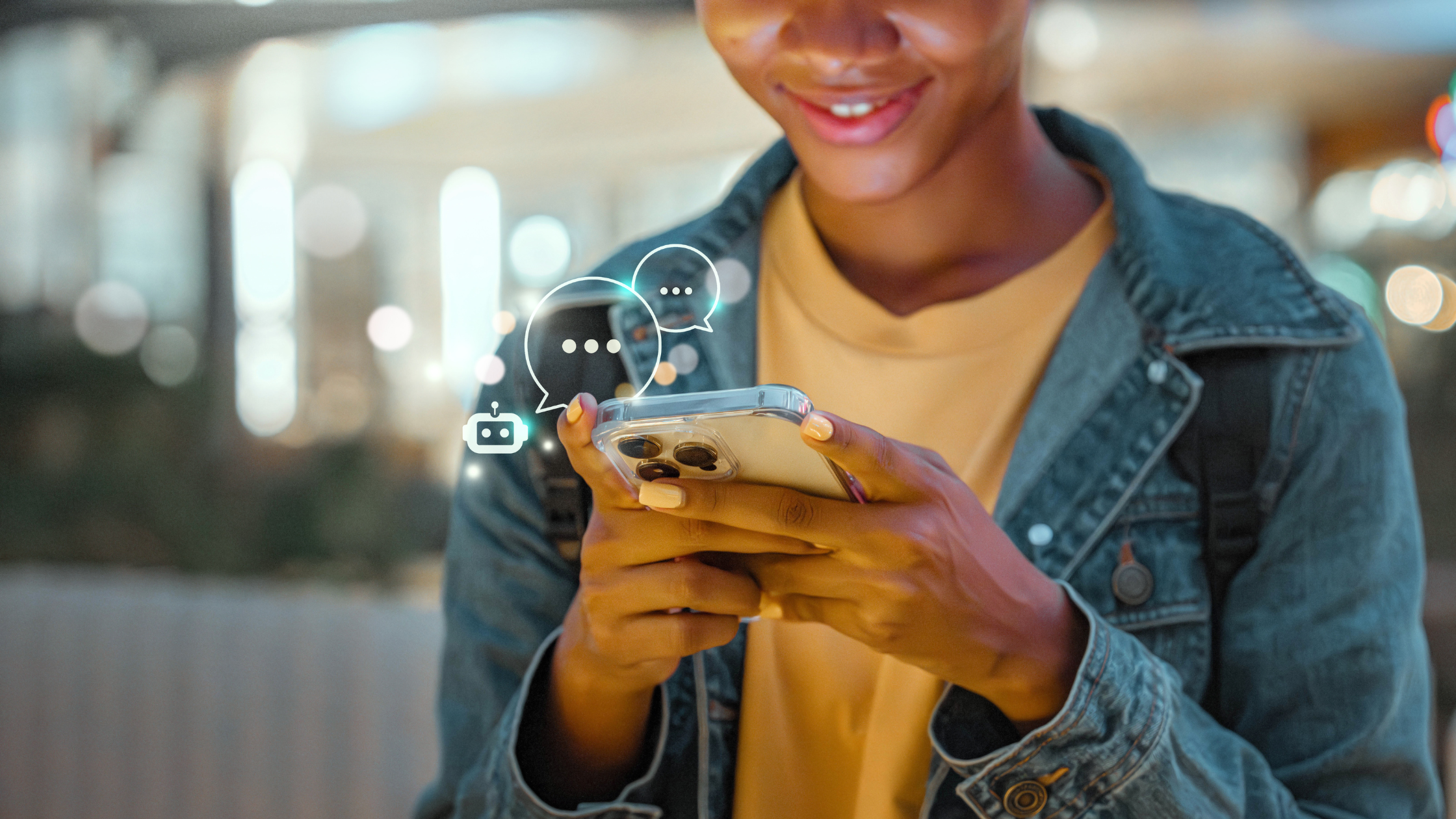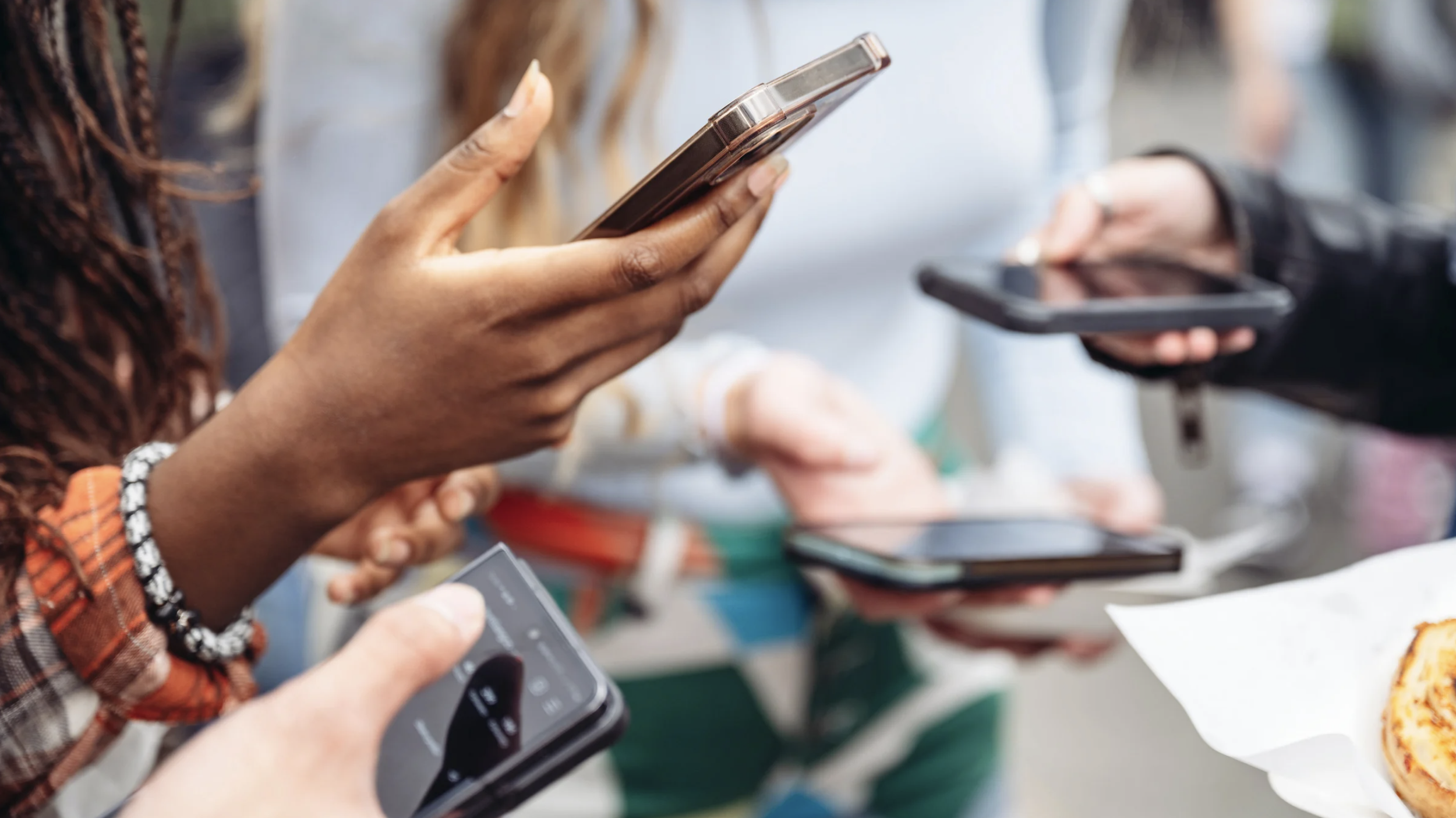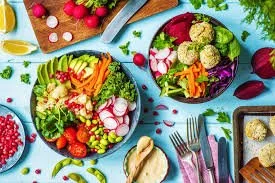IN THE PRESS
Four months after her estranged father took his own life, a 15-year-old girl sits across from me in my consulting room. She doesn’t cry. She doesn’t rage. She doesn’t ask why. She simply tells me she’s tired.
On December 10, Australia will take one of the most significant steps in child protection we’ve seen in decades: banning social-media platforms from allowing under-16s to create or maintain accounts.
I’ve spent most of my professional life listening to stories — often difficult ones — in
the quiet of a consulting room. But sometimes the most powerful lessons about
human behaviour arrive not from a patient, a textbook, or a clinical trial, but from the
movies.
Australia’s online world is no longer an optional risk. It’s the default arena for young people’s social lives, identity experiments, peer pressure, and – ominously – mental-health damage.
Every year, thousands of exhausted Year 12s stumble out of their final exam rooms, eyes glazed, brains fried and hearts pounding — only to be told: “Don’t celebrate yet. Wait for the results.”
In the US, a family is suing OpenAI after their 16-year-old son, Adam, took his own life. His closest confidant wasn’t a friend, a counsellor, or a parent. It was a chatbot.
As a child and adolescent psychologist, I am deeply alarmed by the rampant exposure of young people to graphic violence on social media. The recent assassination of Charlie Kirk has tragically thrust this issue into the spotlight, revealing a shocking reality: social media companies are failing to protect our children from trauma that should never be normalized.
If you think young Australians are doing it tough now, brace yourself. By 2026, they’ll be staring down a perfect storm of pressures that make today’s youth anxiety epidemic look like a warm-up act.
It’s a statistic that might make you pause mid-bite. New findings from the University of Sydney show more than 40% of young Aussies are lonely. It’s a growing crisis in Australia, but modern life is eroding our ability to connect. And, while loneliness has many causes, experts are pointing to a quiet culprit hiding in plain sight – the decline of family dinner time.










For decades, Australians have treated alcohol as a social passport. To refuse a drink was to risk ridicule. “C’mon, just one” was as much a part of adolescence as acne and awkward school photos. But something is shifting, and it’s happening in the very demographic most marketers assumed would keep the grog flowing: our young people.